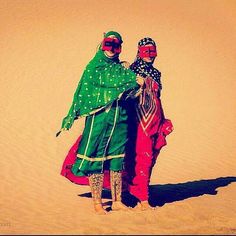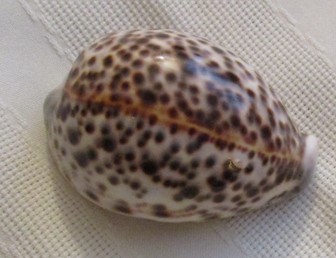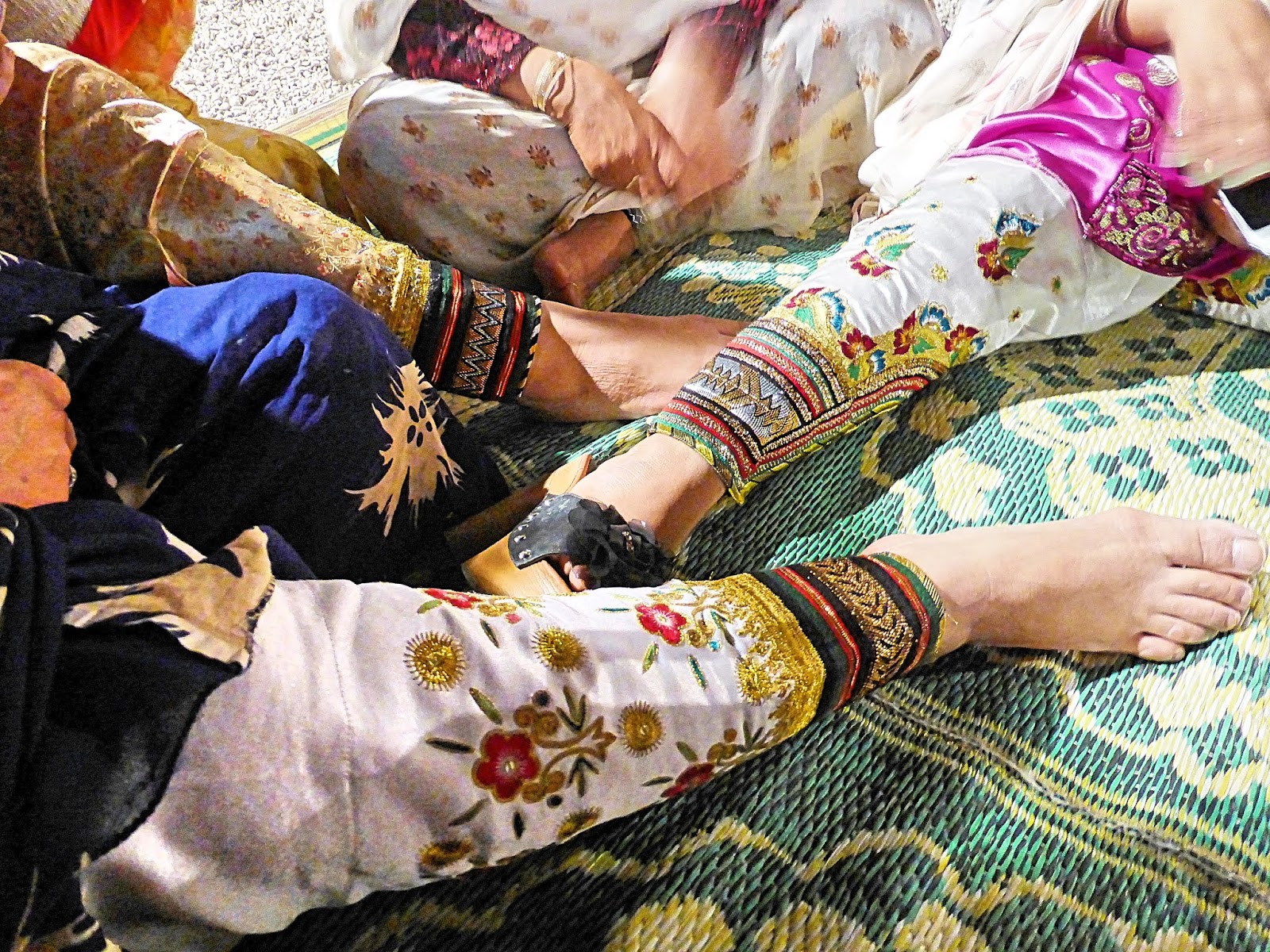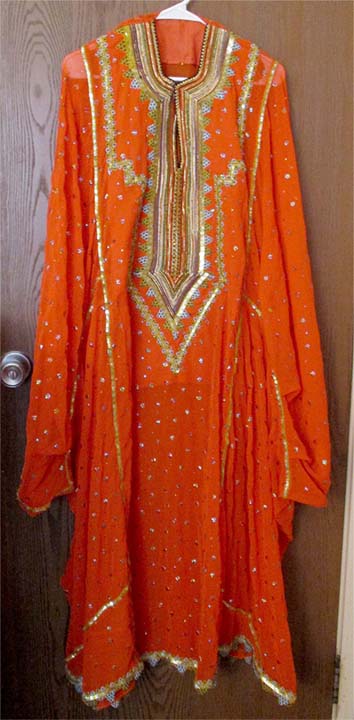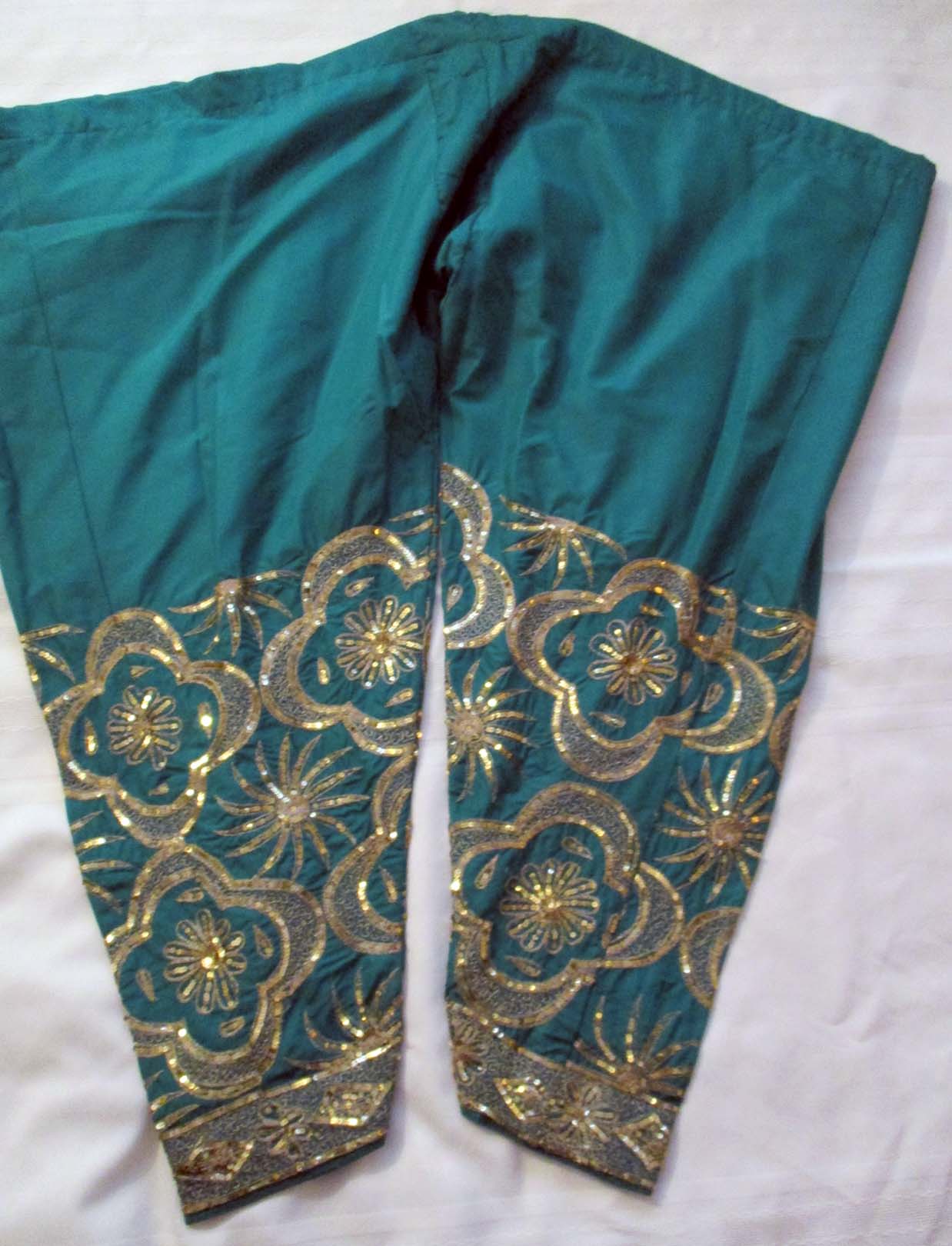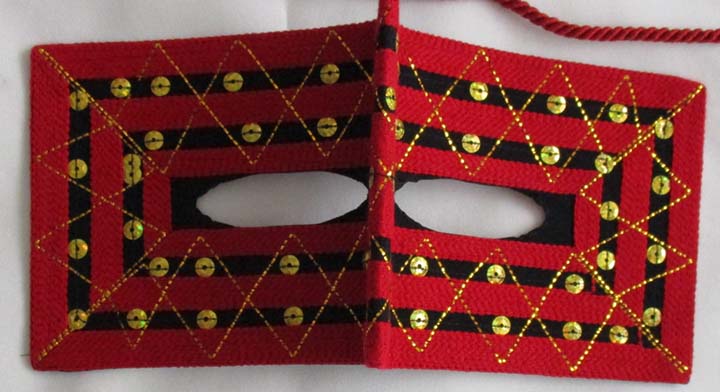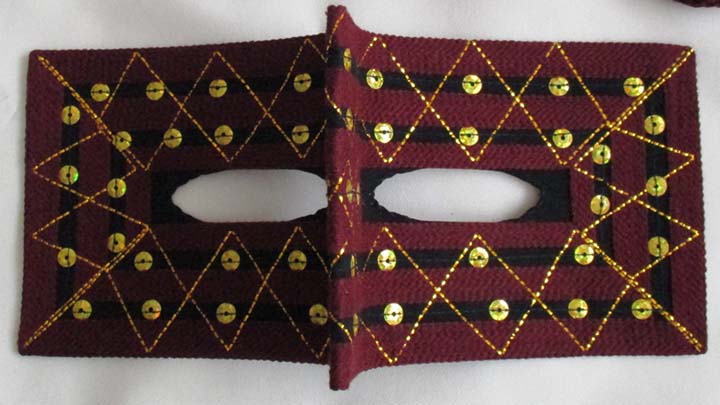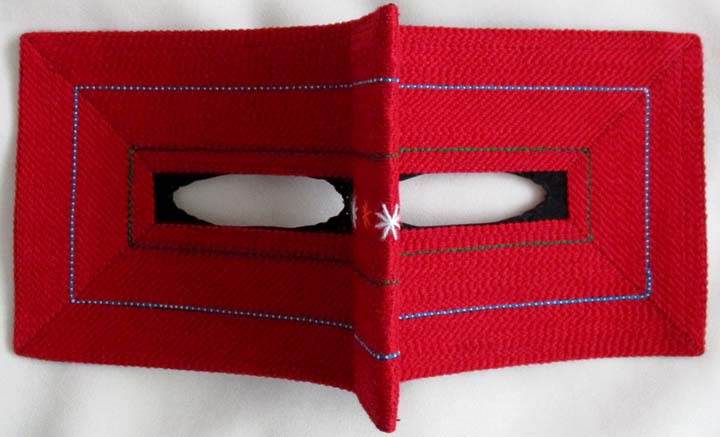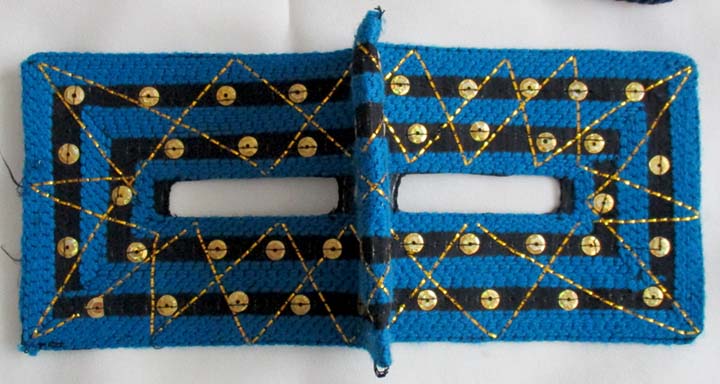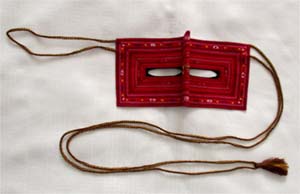|
Women in the Persian Gulf region prefer colorful outfits over the drab black chadors commonly seen in the North. It is a tradition that dates back to at least the Sassanid Era, during the reign of Khosrow I in the 6th century. It was at this time that people developed expertise in designing garments with gold silk thread and sequins. Soon, they were exporting these fashions instead of silk thread, and they were frequently worn by women in the king's court at Persepolis and Pasargadae. A few years ago, archaeologists found silk threads and sequins in the tomb of Bibi Sharbanoo, an important figure in the Sarjouki Era. These designs are on display in museums worldwide, such as the Kremlin Museum in Moscow. The intricate designs remained in high demand. As recently as the Pahlavi Dynasty era, the Shah would send garments with these designs, called khalat, to court favorites; the ones delivering the gifts were known as khalat-bar. |
|
| Women would often gather in their courtyards or in the front of a home during the cooler morning hours to work on the embroidery. |
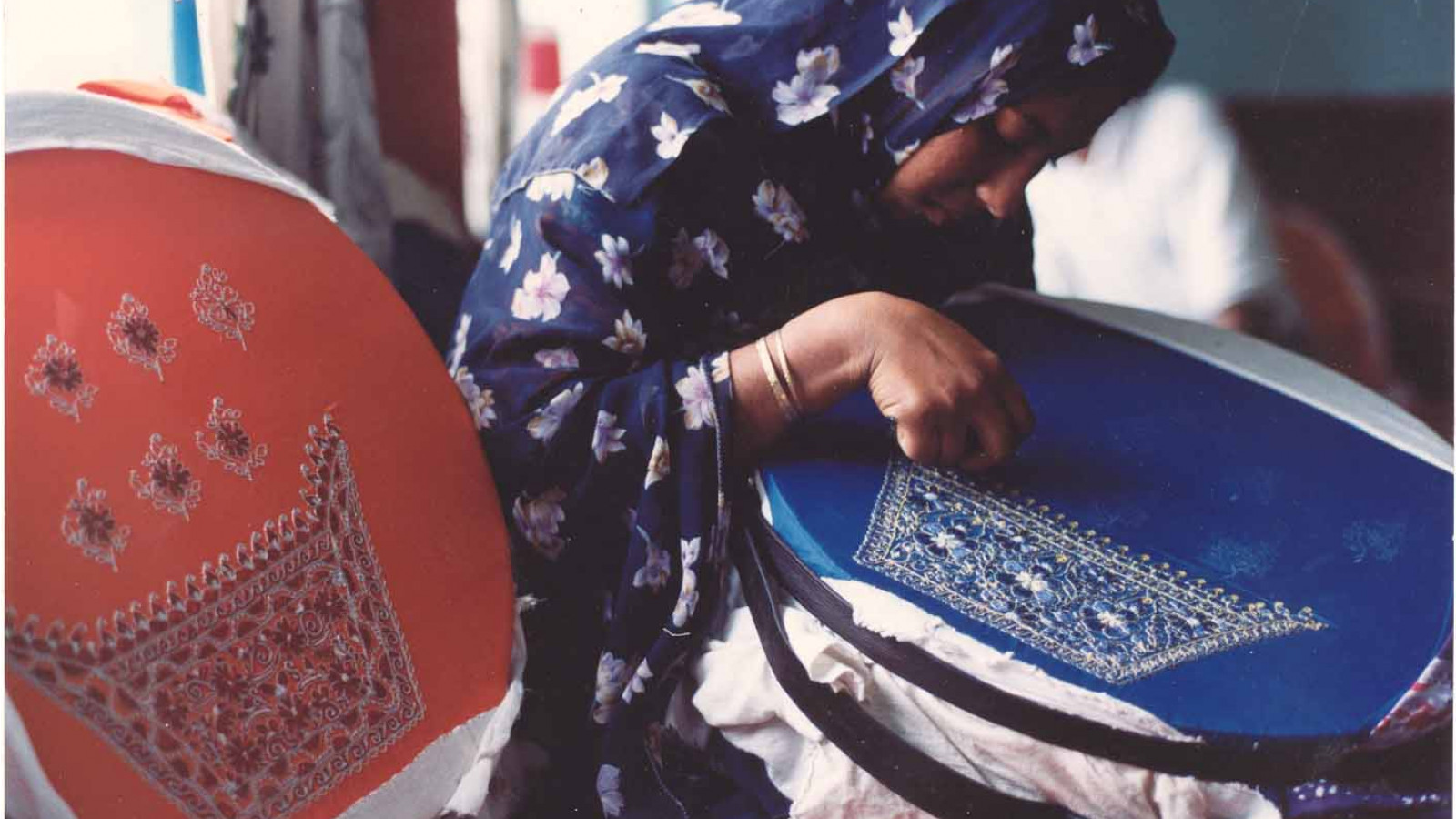 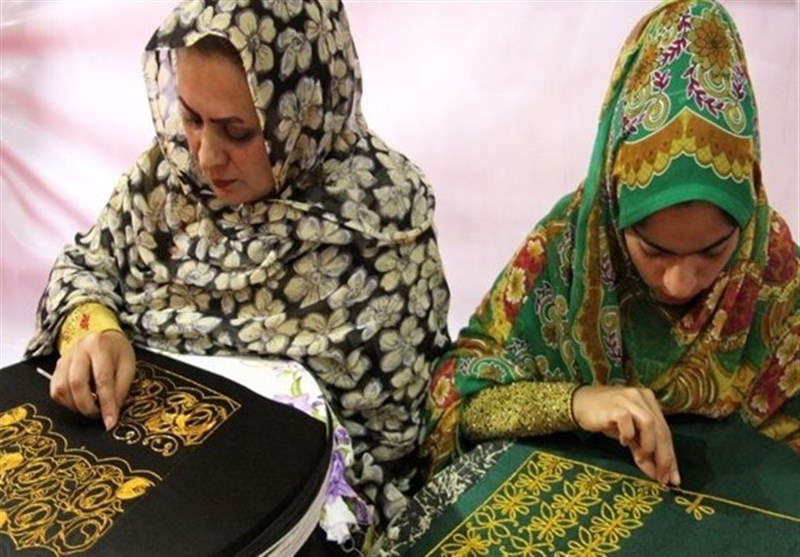 |
|
For the trousers shown below, the sequins would be rubbed with a certain seashell, called a gor. It is the only kind that created the desired effect of making the sequins lie flat. |
|
| Today, this embroidery is a dying art. Girls and women
pursue educations and professional careers and do not want
to engage in such labor-intensive work. Those who have these fashions tend
to preserve them for special occasions, such as weddings.
Click here to see a short video of a Bandari wedding procession among the disaspora in Sweden. |
|

